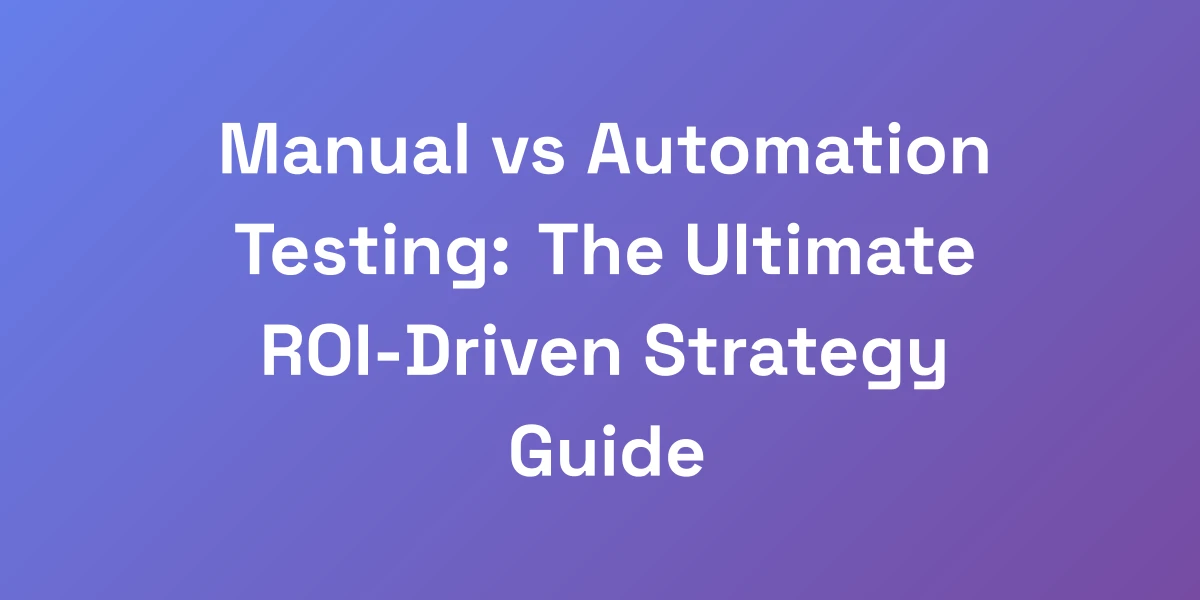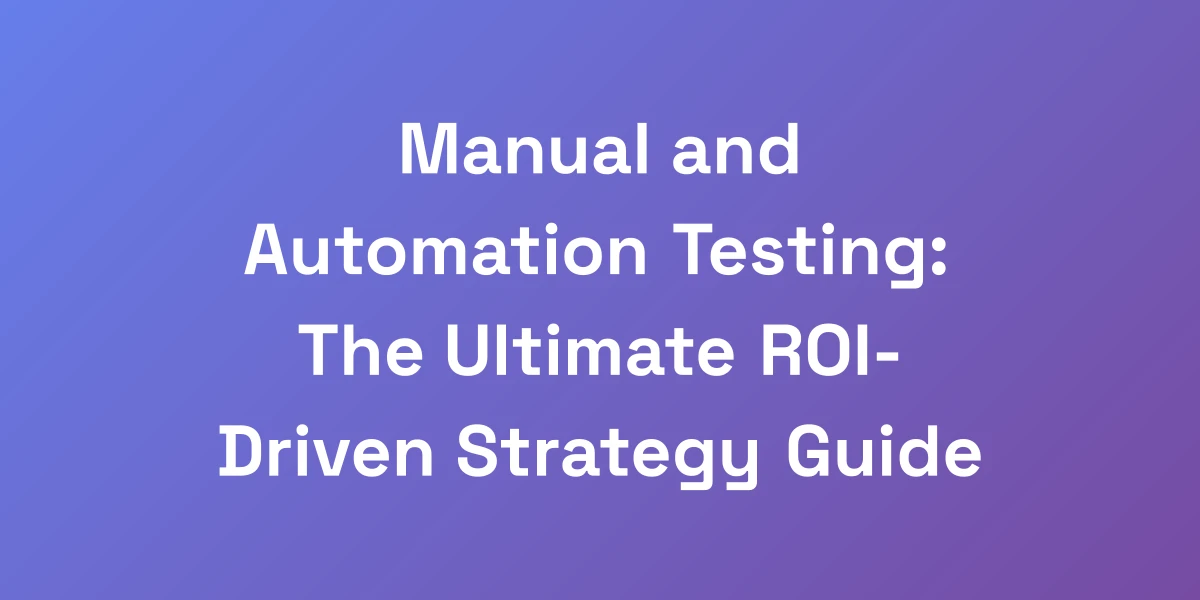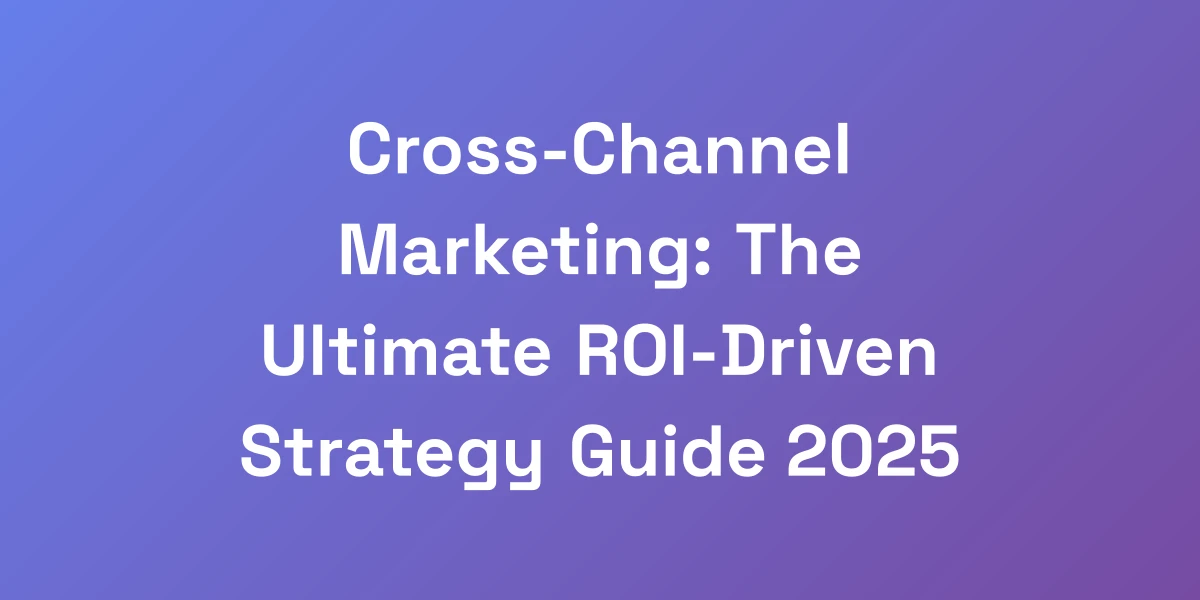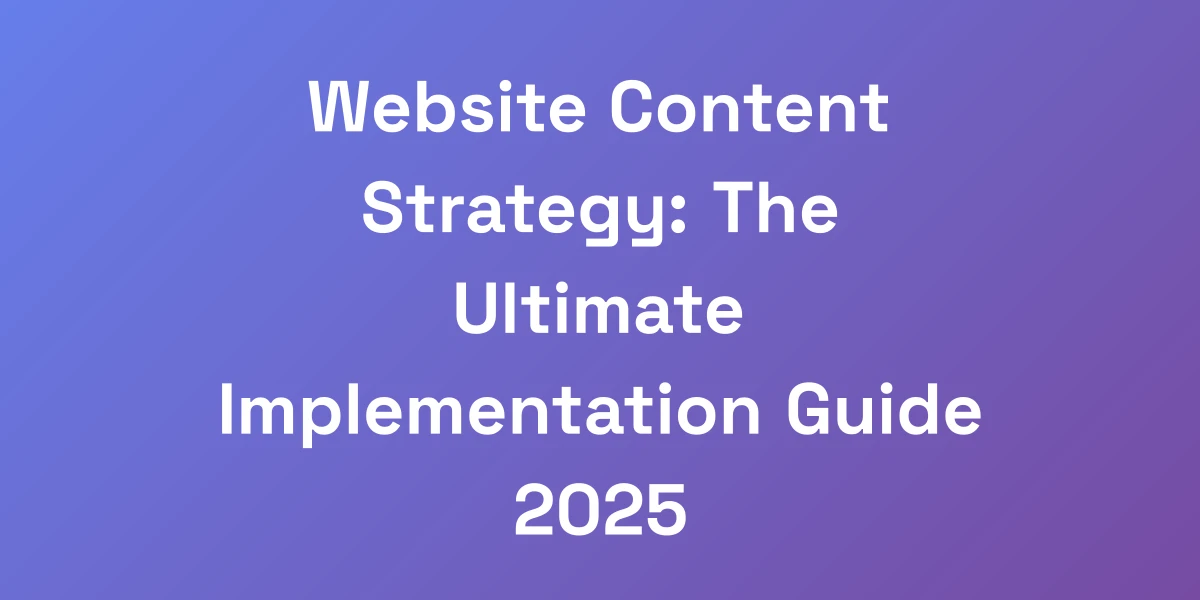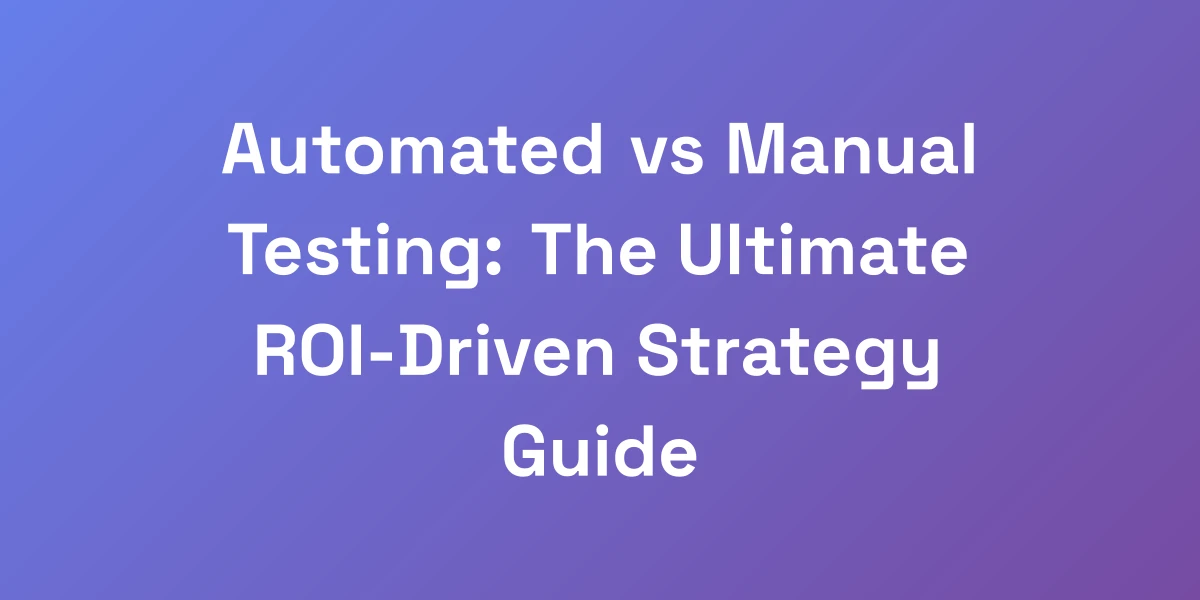
Automated vs Manual Testing: The Ultimate ROI-Driven Strategy Guide
Mar 26, 2025 | By [email protected]
We’re standing at a crossroads in the software development world. On one side, you’ve got automated testing, promising efficiency and scalability. On the other, manual testing offers flexibility and human intuition. But here’s the kicker — most companies are stuck choosing one over the other, and they’re missing out on maximizing their return on investment. Why? Because it’s not about choosing between automation and manual testing; it’s about knowing when and where to deploy each method strategically. Let’s dive deep into the cost breakdown of software testing, uncover the hidden costs, and reveal how to stop leaving money on the table.
The Hidden Cost-Benefit Matrix of Testing Methods
Let me hit you with some truth: Most companies are bleeding money by using the wrong testing approach. I’ve seen businesses waste millions on automated testing vs manual testing when manual would’ve been cheaper, and others burning cash on manual testing when automation could’ve 10x’d their efficiency. Here’s the thing — it’s not about choosing one over the other. It’s about knowing exactly when and where to deploy each method to maximize your return on investment. Let’s break down the real economics of testing and show you how to stop leaving money on the table.
Understanding the True Cost Structure of Each Testing Method
When we talk about costs, it’s not just about the immediate expenses. Automated testing requires an upfront investment in tools and training, but it can save you significantly in the long run by reducing the need for extensive manual labor. On the flip side, manual testing has lower initial costs but can become expensive over time, especially for repetitive and large-scale projects.
Consider this: Automated tools like Selenium or Cypress might cost a few thousand dollars per year, but they can handle thousands of test cases that would require multiple manual testers, each earning around $83,000 annually. The numbers start adding up quickly.
The ROI Timeline: When Each Method Starts Paying Off
Automation isn’t a quick fix. It takes time to set up and integrate into your workflow, but once it’s up and running, the ROI starts to skyrocket. For instance, a company might see a break-even point after deploying automated testing within six months, thanks to the reduced labor costs and faster testing cycles.
Manual testing, however, offers immediate benefits without the need for upfront investment. It’s ideal for short-term projects or those requiring a high degree of flexibility and human oversight. But if you’re planning for the long haul, automating those repetitive tasks is where the real savings lie.
Hidden Expenses That Nobody Talks About
Let’s talk about the unseen costs. Manual vs automated testing differences might require maintaining scripts and updating tools to keep up with your software’s evolution. These ongoing expenses can eat into your ROI if not managed properly.
Manual testing isn’t free from hidden costs either. Think about the time testers spend on repetitive tasks that could be automated, leading to burnout and higher turnover rates, which in turn inflate your costs with recruitment and training expenses.
Calculating Your Testing ROI Formula
To truly understand your ROI, you need a solid formula. Start by calculating the total costs of each testing method, including tools, salaries, training, and maintenance. Then, factor in the benefits like reduced time-to-market, increased test coverage, and improved product quality.
For example, if automated testing costs $50,000 annually and manual testing costs $200,000 for the same project scale, with automated testing completing the work in a fraction of the time and with fewer errors, your ROI for automation becomes clear. It’s not just about saving money; it’s about enhancing your overall efficiency and product quality.
Real Numbers: Cost Comparison Case Studies
Take Microsoft, for instance. By adopting automated testing, they significantly reduced their testing time and costs, though specific ROI figures aren’t publicly available. SAP saw similar benefits, slashing their testing time by 90% through automation. These case studies highlight how strategic automation can lead to substantial cost savings and efficiency gains.
The Strategic Framework for Choosing Your Testing Approach
Stop following the crowd blindly. What worked for Google or Amazon might bankrupt your startup. We’re going to give you the exact decision framework we’ve used to help companies save 70% on their testing costs while improving quality. The key is understanding that it’s not about manual vs. automated testing — it’s about strategic integration. Here’s the truth: every project has its unique testing fingerprint, and we’ll show you how to identify yours.
The 5-Point Testing Decision Matrix
Our framework starts with the 5-Point Testing Decision Matrix, which evaluates factors like project complexity, risk, timeline, budget, and team capabilities. By scoring each factor, you can determine the optimal mix of automated and manual testing for your specific needs.
- Project Complexity: High complexity might require more manual testing to handle unique scenarios.
- Risk: High-risk projects where failures could be catastrophic benefit from thorough automated and manual testing.
- Timeline: Tight deadlines often necessitate automation to speed up the testing process.
- Budget: Limited budgets might favor manual testing initially, with a plan to invest in automation as needed.
- Team Capabilities: Assess your team’s expertise in automation tools versus their ability to perform effective manual testing.
Project Complexity vs. Testing Method Selection
Not all projects are created equal. A simple mobile app might thrive with mostly automated tests, while a highly customized enterprise solution might need more manual attention to capture nuanced user interactions. Understanding the complexity helps in deciding the right balance between automated and manual testing.
Risk Assessment and Testing Strategy Alignment
High-risk projects, where the cost of failure is significant, demand a robust testing strategy that leverages both manual and automated testing. This dual approach ensures that you cover all bases, minimizing the chances of critical bugs slipping through the cracks.
Timeline Impact on Testing Choices
Tight timelines push us towards automation due to its speed and efficiency. However, rushing automation can lead to poorly written scripts and incomplete test coverage. Balancing speed with quality is crucial — sometimes a mixed approach is the best way to meet deadlines without compromising on testing integrity.
Budget Constraints and Testing ROI
Your budget dictates a lot. If you’re strapped for cash, manual testing might seem like a cheaper option initially. But remember, inefficiencies and longer testing cycles can drain your budget quickly. Investing in automation can lead to long-term savings and better ROI, especially for large-scale projects. Similarly, leveraging auto SEO tools can complement your automation strategies across different departments.
Team Capability Assessment
Your team’s expertise plays a significant role in your testing strategy. If your team is proficient in automated tools, leverage that to maximize efficiency. On the other hand, if manual testing is where your team’s strengths lie, use it to your advantage while gradually introducing automation where it makes sense.
Automated Testing: When and How to Maximize Returns
Let’s cut through the hype. Automated testing isn’t always the answer, but when it is, it’s a game-changer. We’ve seen companies reduce their testing time from weeks to hours and slash their error rates by 90%. But here’s the catch — you need to know exactly where to apply it. We’re going to show you the specific scenarios where automated testing gives you the highest ROI, and how to implement it without breaking the bank.
High-ROI Automation Scenarios
Automated testing shines in scenarios that involve repetitive, high-volume tasks. Regression testing, where you need to ensure that new changes haven’t broken existing functionality, is perfect for automation. Similarly, performance testing, where you simulate load conditions, benefits greatly from automated scripts that can be run consistently and reliably.
Tools and Technologies Worth Your Investment
Investing in the right tools can make all the difference. Tools like Selenium for web applications, Cypress for end-to-end testing, and Applitools for AI-powered visual testing offer robust solutions that can handle a variety of testing needs, enhancing your efficiency and accuracy.
Implementation Strategy and Timeline
Implementing automated testing isn’t a set-it-and-forget-it deal. It requires a strategic approach. Start small, automate critical test cases, and gradually expand. Set clear milestones and timelines for each phase to ensure smooth integration without overwhelming your team or disrupting your workflow.
Common Pitfalls and How to Avoid Them
Automation isn’t foolproof. Common pitfalls include over-reliance on automated tests, neglecting maintenance, and failing to update scripts as your application evolves. To avoid these, ensure a balanced approach, regularly review and update your automated tests, and maintain a clear documentation trail.
Measuring Automation Success
Success in automation is measured by efficiency gains, reduced error rates, and improved test coverage. Track key metrics like the number of test cases automated, the time saved, and the number of defects caught early in the development cycle. These metrics provide quantitative data to assess whether your automation efforts are driving the desired ROI.
Scaling Your Automation Framework
Once you’ve established a solid foundation, scaling your automation framework becomes essential. Utilize scalable tools and frameworks, integrate with CI/CD pipelines, and foster a culture of continuous improvement to ensure your automated testing grows with your project’s needs. This scalability will help you maintain high efficiency and adapt to increasing testing demands as your software evolves.
Manual Testing: Strategic Implementation for Maximum Impact
Here’s something that might shock you: Manual testing, when done right, can be more cost-effective than automation in certain scenarios. The key is knowing exactly where and how to deploy your manual testing resources. We’re going to share the specific strategies that have helped companies reduce their testing costs by 50% while maintaining quality. It’s about working smarter, not harder.
Critical Manual Testing Use Cases
Manual testing is indispensable for exploratory testing, usability testing, and ad-hoc testing. These scenarios require human intuition and creativity to uncover issues that automated tests might miss. By focusing manual efforts on these areas, you ensure comprehensive coverage and high-quality user experiences.
Efficiency Optimization Techniques
To maximize the impact of manual testing, implement efficiency optimization techniques such as prioritizing test cases based on risk, using checklists to ensure consistency, and fostering a collaborative environment where testers can share insights and best practices. These techniques enhance productivity and ensure that your manual testing is both effective and efficient.
Team Structure and Skill Requirements
A well-structured team with the right skill set is crucial for successful manual testing. Invest in training your testers to improve their exploratory testing skills and encourage continuous learning. A skilled team can identify nuanced issues and provide valuable feedback that goes beyond what automated tests can achieve.
Quality Metrics and Tracking
Tracking quality metrics is essential to gauge the effectiveness of your manual testing efforts. Metrics like defect density, test coverage, and the number of critical defects found can provide insights into the quality of your software and the efficiency of your testing process. Use these metrics to continuously refine your manual testing strategy.
Cost Control Strategies
Control costs by optimizing test case selection and minimizing redundant tests. Focus on high-impact areas and eliminate unnecessary test cases that do not add value. Additionally, leveraging freelance testers or outsourcing specific testing tasks can help manage costs without compromising on quality.
Integration with Automated Processes
Manual testing doesn’t have to operate in isolation. Integrate it with automated processes to create a seamless testing ecosystem. Automated tests can handle repetitive tasks, freeing up manual testers to focus on more complex scenarios. This integration ensures that your testing strategy is comprehensive and cost-effective.
The Hybrid Testing Approach: Your Ultimate Profit Maximizer
This is where the magic happens. The real money isn’t in choosing between manual and automated testing — it’s in knowing how to blend them perfectly. We’ve developed a hybrid testing framework that’s helped companies achieve 300% ROI on their testing investment. It’s about creating a synergistic relationship between both methods, maximizing the strengths of each while minimizing their weaknesses.
The Perfect Balance: Finding Your Mix
Finding the right balance between manual and automated testing depends on your specific project needs. Start by identifying which aspects of your testing process can benefit most from automation and which require the human touch. By strategically allocating resources, you can ensure that both testing methods complement each other and enhance overall testing effectiveness.
Implementation Timeline and Milestones
Implementing a hybrid testing approach requires careful planning. Establish a clear timeline with specific milestones to track your progress. Begin with pilot projects to test the effectiveness of your hybrid strategy, then gradually scale up as you refine your processes. Regular reviews and adjustments will help you stay on track and maximize your ROI.
Resource Allocation Strategies
Optimizing resource allocation is key to a successful hybrid testing approach. Allocate automated testing resources to repetitive and high-volume tasks, while reserving manual testing resources for exploratory and complex scenarios. This strategy ensures that each method is used where it can deliver the most value, enhancing overall testing efficiency.
Risk Mitigation in Hybrid Approaches
Every testing strategy comes with its own set of risks. In a hybrid approach, mitigate risks by ensuring robust communication between automated and manual testing teams, maintaining clear documentation, and regularly updating your testing tools and processes. This proactive risk management ensures that your hybrid strategy remains effective and resilient.
Measuring Hybrid Testing Success
Success in a hybrid testing approach is measured by a combination of metrics from both automated and manual testing. Track overall test coverage, defect detection rates, time savings, and cost reductions to gauge the effectiveness of your hybrid strategy. These metrics provide a comprehensive view of your testing performance and ROI.
Scaling Your Hybrid Framework
As your projects grow, scaling your hybrid framework becomes essential. Invest in scalable automated testing tools and continuously train your manual testers to adapt to evolving testing requirements. A scalable hybrid framework ensures that your testing process remains efficient and effective, regardless of project size or complexity.
Conclusion
We’ve traversed the intricate landscape of automated and manual testing, unveiling the true cost structures, ROI timelines, and hidden expenses that most businesses overlook. The takeaway? It’s not about choosing sides; it’s about strategically integrating both methods to amplify your ROI. By understanding the strengths and weaknesses of each testing approach, and implementing a hybrid strategy, you can unlock unprecedented efficiency and quality in your software development process.
Ready to transform your testing strategy? Start by evaluating your project needs, leveraging our strategic framework, and integrating both automated and manual testing where they make the most impact. Don’t let inefficiencies drain your resources — take control and maximize your return on investment today.
What’s your experience with automated and manual testing? Share your insights and let’s discuss how you can optimize your testing strategy for maximum ROI.
